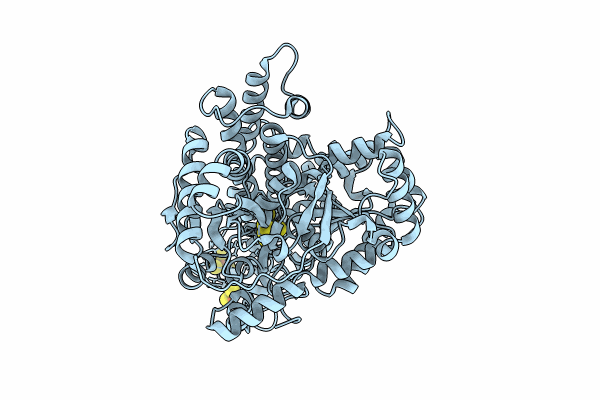
Deposition Date
2023-03-31
Release Date
2023-12-06
Last Version Date
2023-12-06
Entry Detail
Biological Source:
Source Organism:
Carboxydothermus hydrogenoformans Z-2901 (Taxon ID: 246194)
Host Organism:
Method Details:
Experimental Method:
Resolution:
1.50 Å
R-Value Free:
0.19
R-Value Work:
0.15
R-Value Observed:
0.15
Space Group:
C 1 2 1


